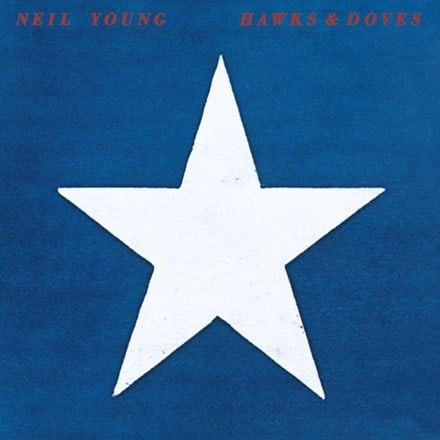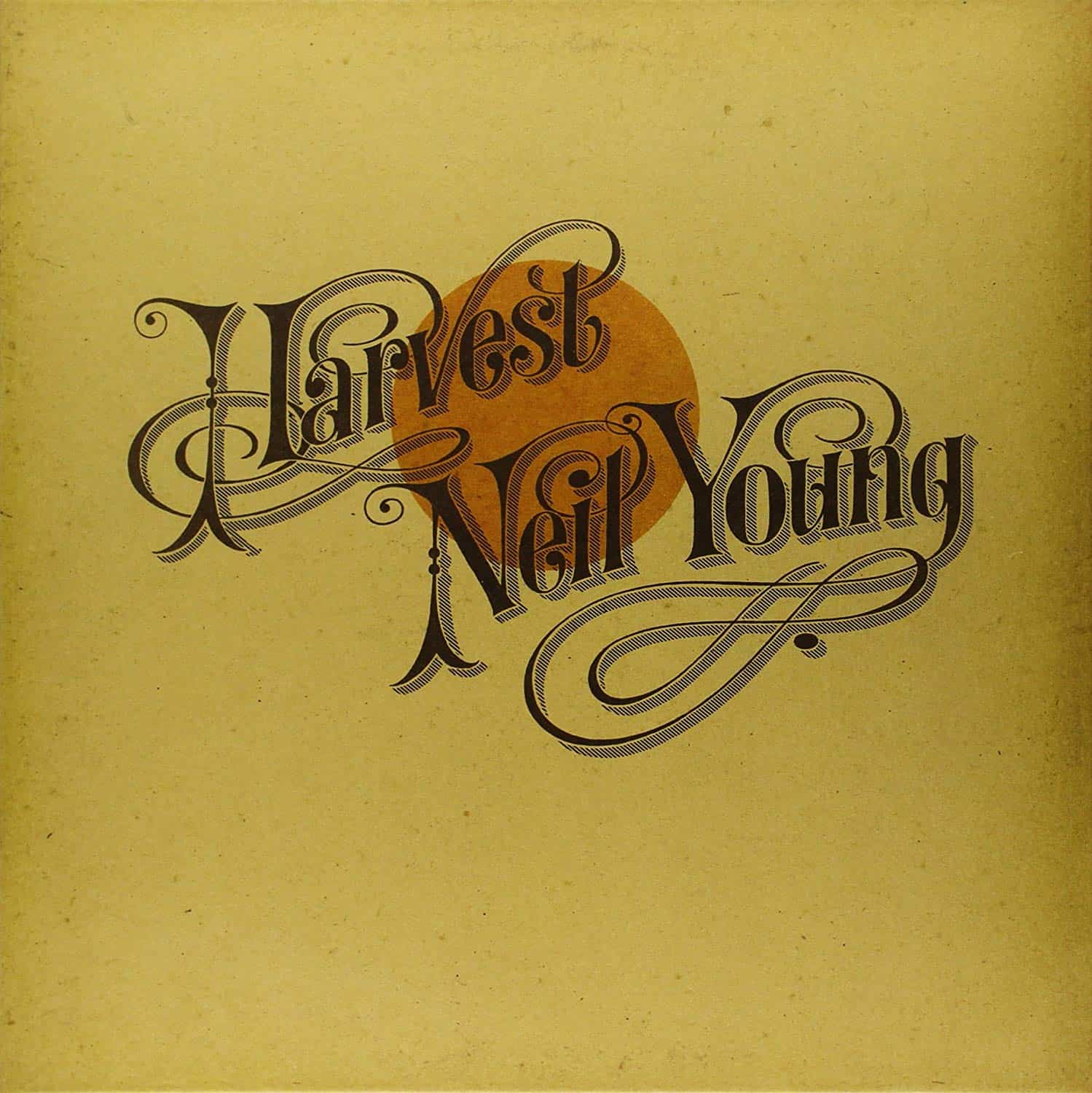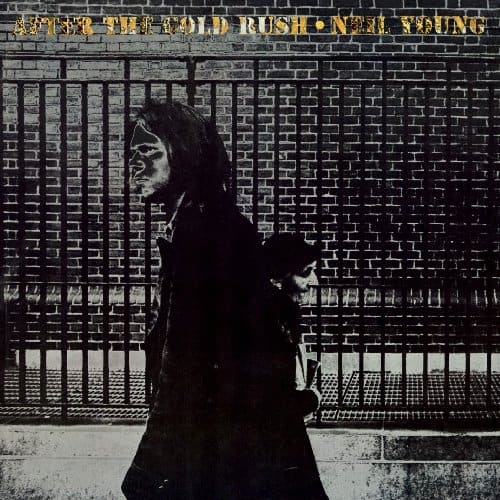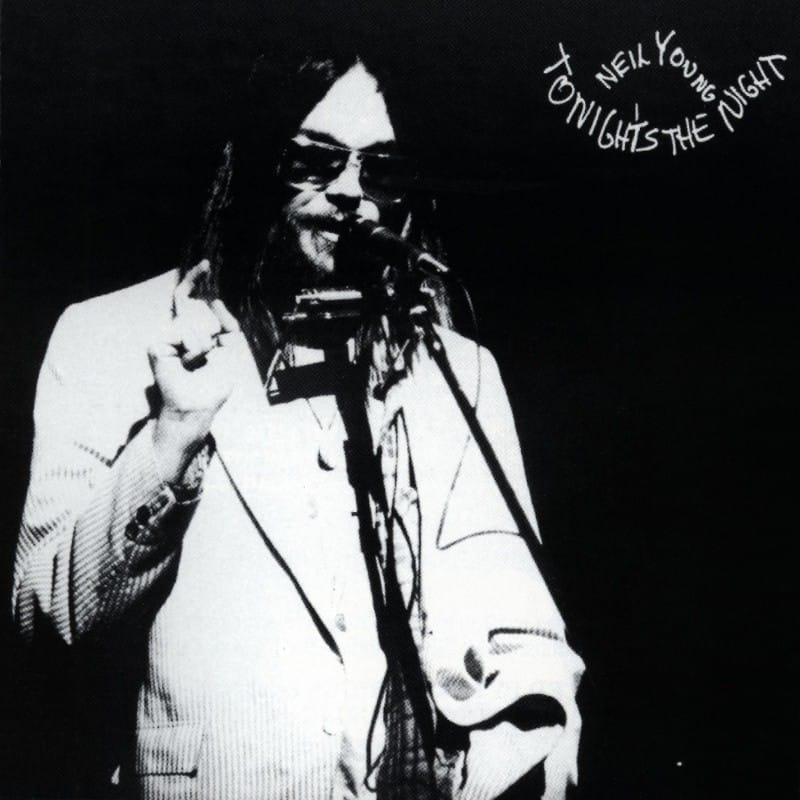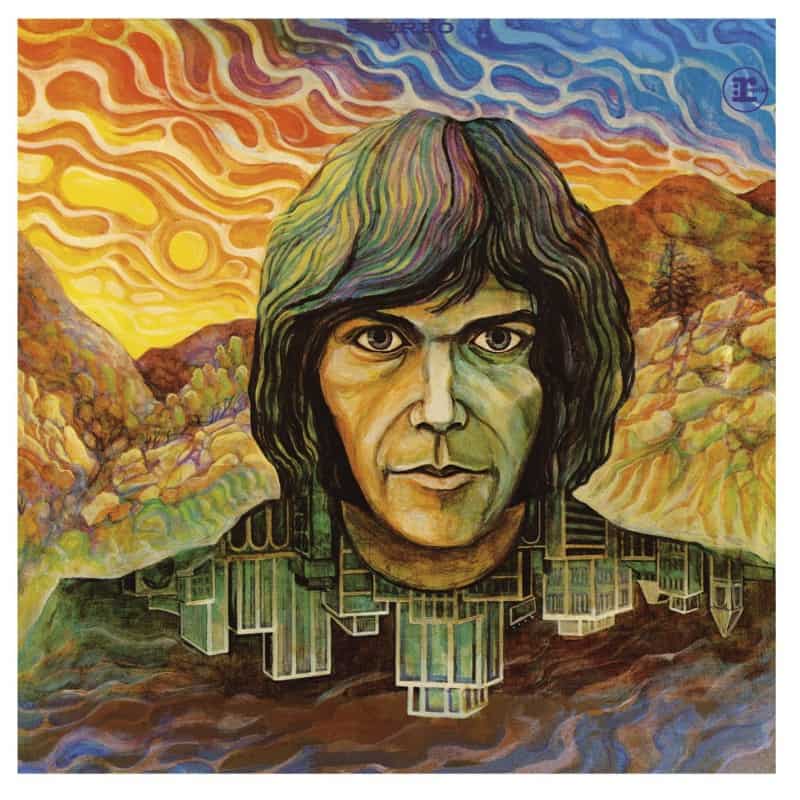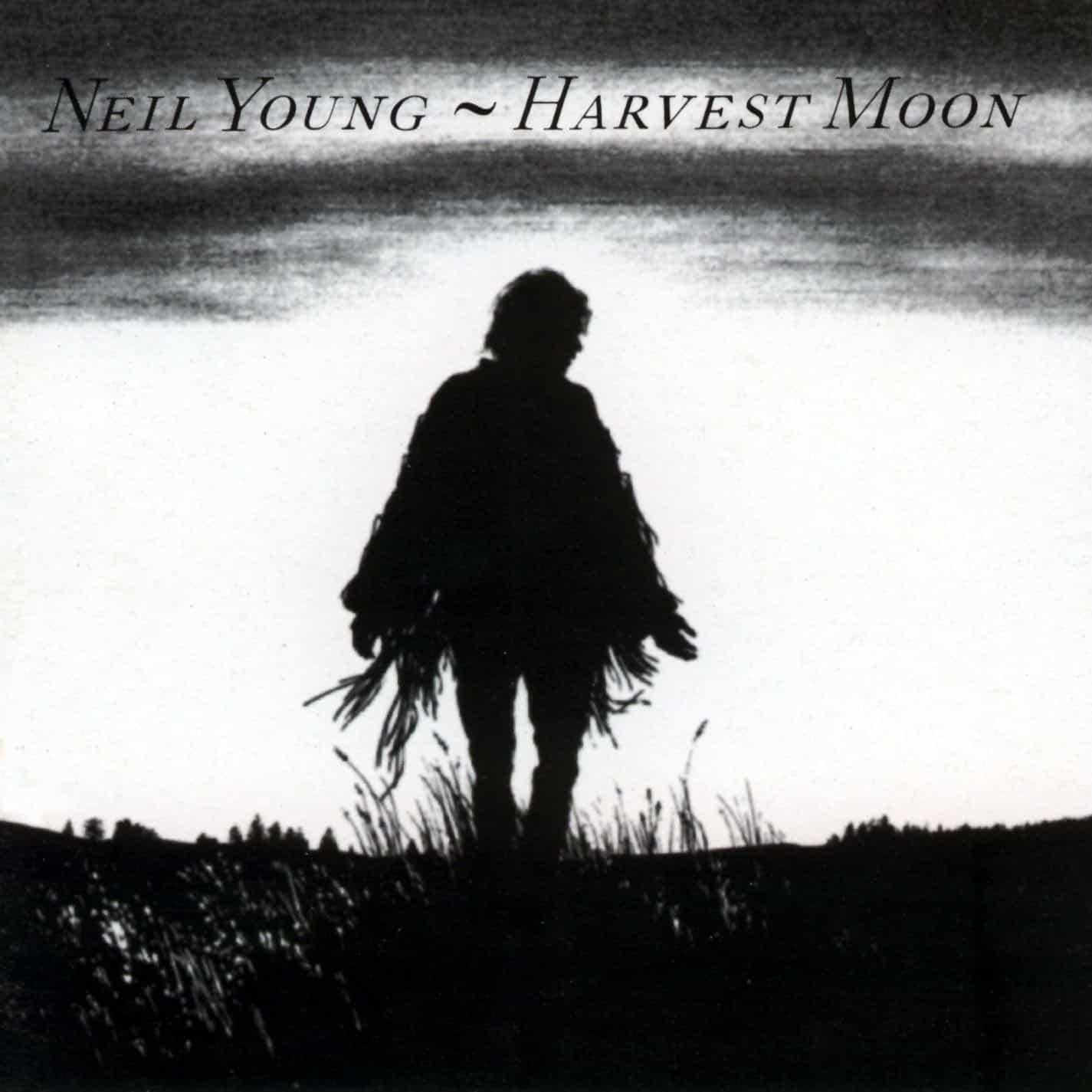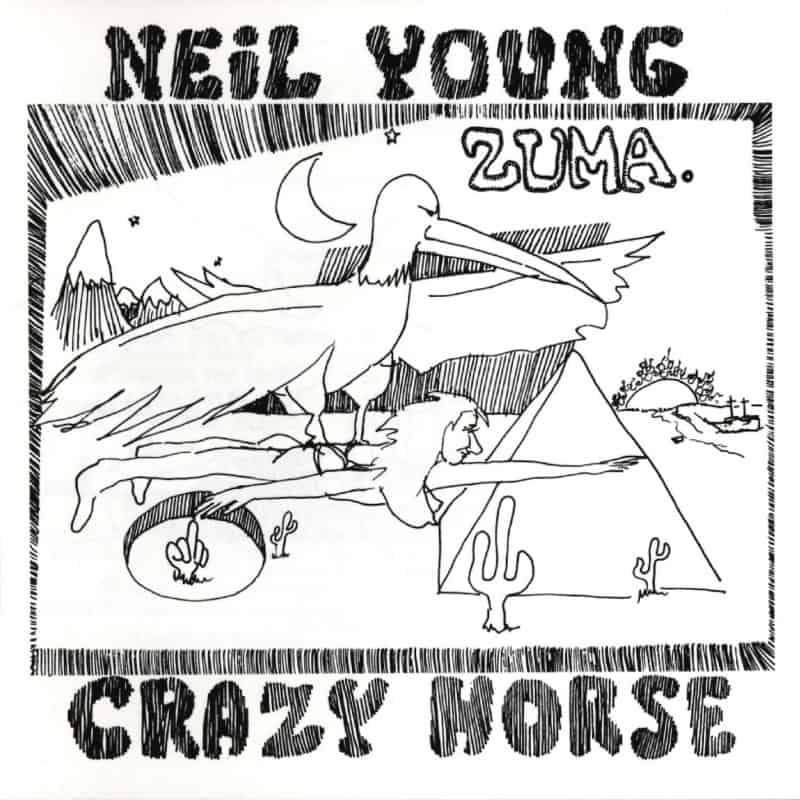Marketplace
2009 Reprise Records PRESSING
- Catalog Number RS 6349
- Release Year 2009
- Vinyl Mastering Engineer Chris Bellman
- Jacket Style Gatefold
- 100% Analog Mastering Yes
When listening to this album I think of this band or music:
While Neil Young remains an island to himself, it’s hard to imagine many contemporary bands—from Wilco to Pearl Jam—existing independent of his influence. His guitar is also part of Dinosaur Jr.’s DNA, and even many older punk rock acts absorbed his style.
I would listen to this album while:
Driving around, cleaning the house, or just hanging out with friends.
Music from this album would be a great soundtrack to this movie:
A movie about Laurel Canyon in the 60s.
Neil Young’s eponymous debut gave some clues as to the direction his music would take after his solo career began to take shape. Even “The Old Laughing Lady” hints at the eccentric folk balladry that made him so unique. On balance, however, the album, while enjoyable, seems tentative. Young appeared to have some ideas from his Buffalo Springfield days he needed to discharge.
With his second album, Everybody Knows This Is Nowhere, Young firmly established himself as one of the key musicians and songwriters of the 60s and beyond. Everything he would accomplish over the long span of his creative life took seed on the album, whether it’s the proto punk of “Cinnamon Girl” or the country rock distinguishing the title tune. The guitar wrangling on “Down by the River” and “Cowgirl in the Sand” anticipates his later experiments with noise and dissonance.
Everybody Knows This Is Nowhere also marks Young’s first appearance on record with Crazy Horse, his stalwart backing band. Chris Bellman’s vinyl remaster adds heft to each of the instruments, even in comparison to the very good original pressing. Billy Talbot’s bass rings out with authority; Ralph Molina’s snare drum snaps hard. Young’s voice is more emotionally nuanced and detailed, and further out in front.
In particular, the distorted guitars on “Cinnamon Girl” feel edgier and sustain longer on the newer pressing. Young’s arpeggios in the right channel forcefully cut through the mix. There’s better separation between Young and Danny Whitten on their shared lead vocal, and the guitar strings on the former’s solo at the end of the track possess more immediacy and sharpness.
Young’s iconic guitar solos on “Down by the River” and “Cowgirl in the Sand” are about tone, texture, and impact. Every aspect of the approach explodes here. Vibrato, picking technique, and attack stand out and give passages structure and clarity. Crazy Horse’s contributions also come to the fore. It’s easier to hear how much Whitten’s rhythm guitar brings to the tunes, particularly when he and Young engage in spirited interaction. Bellman’s mastering also adds definition to Talbot’s bass, which supplies the songs with a stronger foundation all the while making them more fluid and dynamic.
That’s not all. The guitar twang and string pulls on the title track are brighter and more powerful on the new pressing. And while the main and background vocals smear together on the earlier pressing, the backing vocals now fully complement Young’s lead. Acoustic guitars on “Round & Round (It Won’t Be Long),” too, sound more natural and complex. They’re more cleanly separated—just like Young’s multi-tracked vocals. And during “Running Dry (Requiem for the Rockets),”Bobby Nokoff’s violin comes across reserved on the earlier pressing but sings here. This remaster brings all the elements of the recording into higher resolution, and the result brings you deeper into the music.
Everybody Knows This Is Nowhere proved Young was a triple threat—a guitarist, singer, and songwriter beyond category. On this remaster, you can hear how he carved out his place in the rock n’ roll pantheon. That he’s still going strong is both an affirmation and inspiration.
Everybody Knows This Is Nowhere

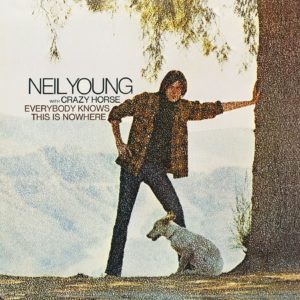
 5
5
